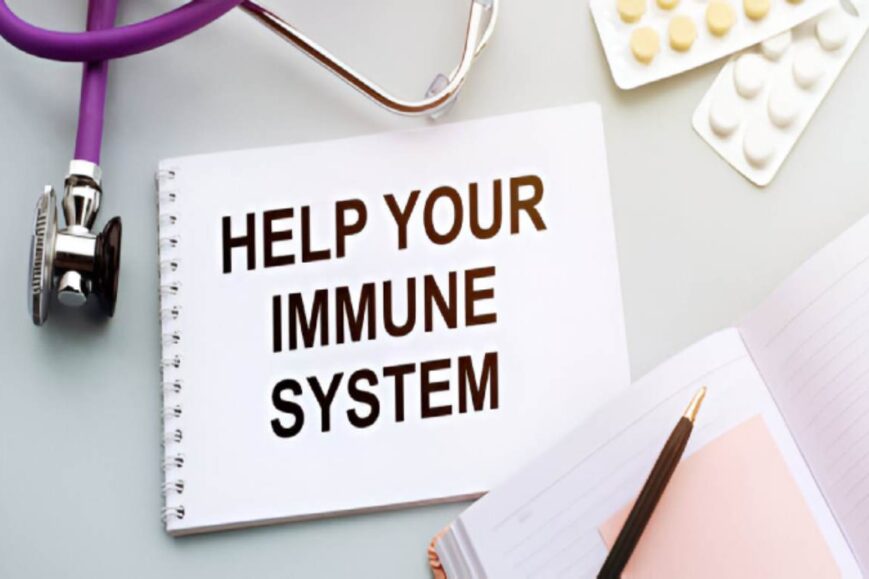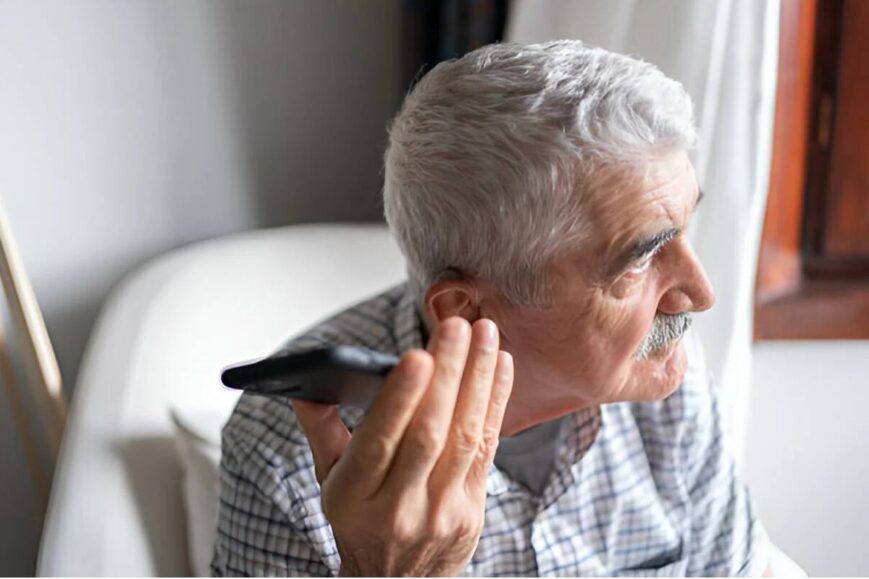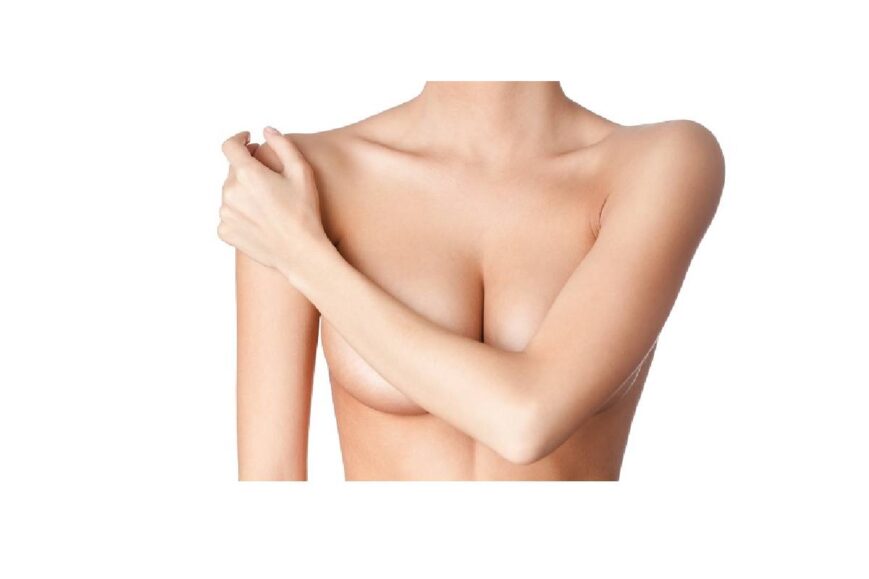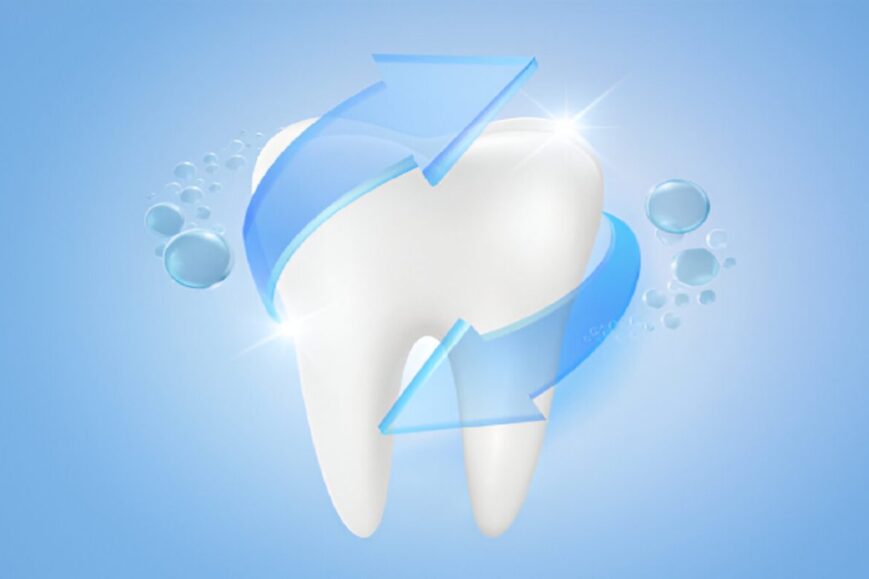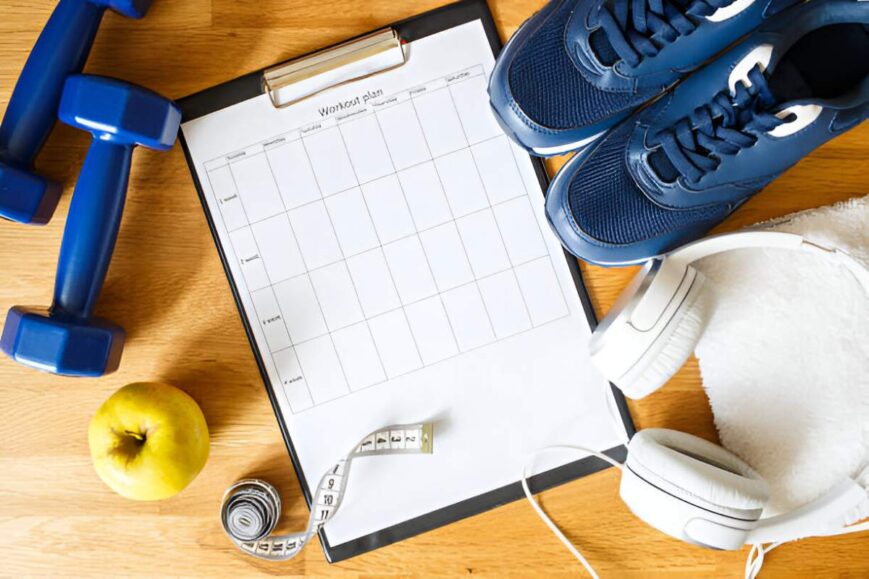How to Prepare Mentally and Physically for Major Surgery
Undergoing major surgery is a significant life event, both physically and mentally. Whether it’s a planned procedure or something unexpected, surgery can be daunting. Preparing yourself mentally and physically before the operation is essential for a smoother recovery and a better overall experience. This guide will help you understand the steps to take before your surgery, giving you the tools to approach the process with confidence and calm.
-
Understand the Procedure
The first step in preparing for surgery is fully understanding the procedure you’re about to undergo. Knowledge is power, and having a clear idea of what to expect will help alleviate any anxiety you might be feeling. Your surgeon will typically explain the details of the procedure, but don’t hesitate to ask questions. Understanding the steps involved, the risks, and the recovery process can provide you with peace of mind.
If, for example, you’re seeing a Sydney neurosurgeon for a spinal or brain operation, they will outline the specific steps of the surgery and what outcomes you can expect. This is a good time to ask about recovery time, any post-surgery limitations, and the potential risks associated with the procedure. By knowing what lies ahead, you can mentally prepare yourself for what’s to come.
-
Manage Your Emotions and Anxiety
It’s normal to feel anxious or fearful before major surgery. Anxiety before surgery is common, but there are ways to manage those feelings and maintain a positive outlook.
Talk to Your Doctor
Speaking with your doctor or surgeon about any concerns can be incredibly helpful. They can provide reassurance, address any uncertainties, and explain how they’ll manage your comfort and safety during the procedure. If anxiety is overwhelming, they may suggest strategies like pre-surgery counselling, mindfulness practices, or relaxation techniques.
Practice Relaxation Techniques
Breathing exercises, meditation, and guided imagery can be effective tools for calming your mind before surgery. Mindfulness techniques help to keep you grounded and focused on the present moment, reducing stress and promoting mental resilience. Many people find that a daily meditation practice leading up to the surgery helps them stay calm and centred.
Stay Connected to Your Support System
Don’t be afraid to lean on your friends, family, or loved ones during this time. Talking about your concerns and fears with someone you trust can provide emotional relief and strengthen your mental state. Knowing that you have a strong support system can also give you confidence and comfort going into surgery.
-
Optimise Your Physical Health
The state of your physical health plays a key role in how well your body will handle the surgery and recover afterwards. In the weeks leading up to your surgery, you can take steps to optimise your physical health for the best possible outcome.
Eat a Balanced Diet
Good nutrition is crucial for preparing your body for surgery. Eating a well-balanced diet rich in vitamins, minerals, and protein can help strengthen your immune system, promote healing, and reduce the risk of complications. Focus on whole foods like fruits, vegetables, lean proteins, and whole grains. If your doctor has specific dietary recommendations or restrictions, be sure to follow them closely.
Stay Hydrated
Proper hydration is often overlooked but is just as important as a healthy diet. Drinking enough water helps keep your body’s systems functioning properly and ensures that your tissues are well-hydrated for surgery. Aim for at least 8 glasses of water per day, or more if you’re physically active.
Exercise Regularly
If possible, maintain a regular exercise routine in the lead-up to your surgery. Physical activity helps keep your body strong and resilient, making it easier to recover post-surgery. Even light exercises like walking, stretching, or gentle yoga can have significant benefits. However, always consult your doctor to determine what level of exercise is appropriate based on your condition and the upcoming procedure.
Quit Smoking and Limit Alcohol
Smoking and excessive alcohol consumption can negatively impact your body’s ability to heal and increase the risk of complications during and after surgery. If you smoke, try to quit before the surgery. Smoking affects your lung function and decreases oxygen flow, which can slow down your recovery. Limiting alcohol intake is equally important, as alcohol can interfere with anaesthesia and medications.
-
Prepare Your Home for Recovery
Before you go into surgery, take some time to prepare your home for your recovery period. Depending on the type of surgery, you may need to make some adjustments to your living space to ensure it’s comfortable and safe during your recovery.
Create a Comfortable Recovery Space
Set up a space where you can rest comfortably for the first few days or weeks after surgery. This might be your bedroom or a cosy spot in the living room. Make sure it’s easily accessible, with essentials like water, medication, books, or entertainment close by.
Adjust for Mobility Needs
If your surgery will affect your mobility, such as a hip or knee operation, consider making temporary adjustments to your home. Move items to lower shelves, clear walkways to avoid tripping, and place frequently used items within easy reach. If necessary, you may also want to consider borrowing or purchasing mobility aids like crutches, walkers, or grab bars.
Arrange for Help
Recovery from major surgery often requires assistance, especially in the first few days. Arrange for someone to help you with daily tasks such as cooking, cleaning, or running errands. If you live alone, consider asking a friend or family member to stay with you for a few days after surgery, or hire a home care service to assist with your needs.
-
Follow Pre-Surgery Instructions Closely
Your surgeon will provide you with specific instructions to follow in the days leading up to your surgery. It’s vital that you adhere to these guidelines to ensure a successful procedure and smooth recovery.
Fasting Before Surgery
In many cases, you’ll be asked to fast for a certain period before surgery, usually from midnight the night before. This is to ensure your stomach is empty, which reduces the risk of complications during anaesthesia. Be sure to follow the fasting instructions carefully to avoid delays or cancellations.
Medication Adjustments
Your doctor may advise you to stop taking certain medications or supplements in the days before surgery, especially those that can increase bleeding risk, such as blood thinners or anti-inflammatory drugs. Always inform your healthcare provider about all medications and supplements you are taking, and follow their instructions regarding which to stop or continue before the procedure.
-
Plan for Post-Surgery Recovery
Recovery from major surgery can take time, and it’s important to have realistic expectations. Ask your surgeon about the recovery timeline so you can plan accordingly, whether that’s taking time off work, arranging childcare, or postponing other commitments.
Set Up Follow-Up Appointments
Before leaving the hospital, make sure you schedule any necessary follow-up appointments to monitor your progress. These appointments are critical for ensuring that you’re healing properly and addressing any concerns that may arise during recovery.
Take It Slow
Recovery from surgery is not the time to push yourself physically or mentally. Give your body the time it needs to heal, and listen to your doctor’s advice regarding rest, movement, and activity levels. Overexerting yourself too soon can set back your recovery, so take it slow and be patient with the healing process.
Empowering Yourself for Surgery
Preparing for major surgery can feel overwhelming, but by taking proactive steps to get ready mentally and physically, you can empower yourself for a successful procedure and recovery. From understanding the details of your surgery to creating a supportive home environment, these steps will help you approach the experience with confidence. Whether you’re under the care of a general surgeon, being well-prepared ensures you’re ready for whatever comes your way, paving the path to a smoother recovery.


